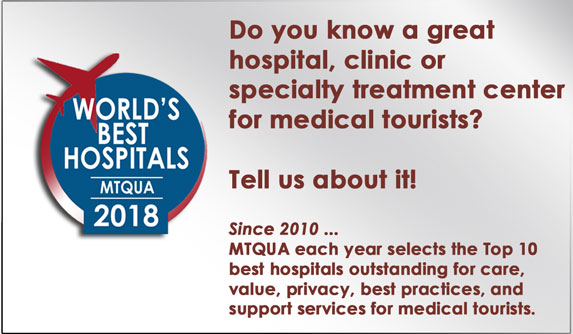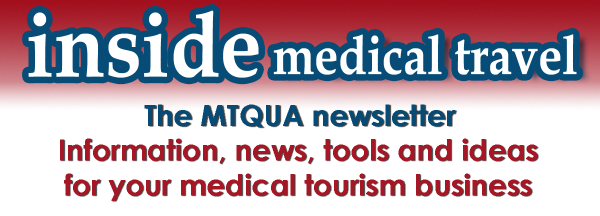 Hearing colleagues protest about the lack of medical tourists and patients or the poor service given by providers or agencies is not a new phenomenon.
Hearing colleagues protest about the lack of medical tourists and patients or the poor service given by providers or agencies is not a new phenomenon.
In the first wave of enthusiasm almost a decade ago for the business of medical tourism, despite millions of dollars being invested by businesses and hospitals, only a few medical tourism companies actually delivered patients, and just a few long term business relationships were realized. These companies, and these relationships, continue to be strong today. The others? They complained about the lack of patients and the poor service from providers or agencies.
Just like today.
In 2003, when I first began accepting medical tourists as patients wishing to travel for medical treatment, I knew most of my competitors and colleagues on a first name basis – Rudy, Stephanie, Christi, Jason, Lorraine, Rajesh. Our choice of providers was limited to a handful of countries, and a handful of hospitals and doctors in those countries.
Red carpets and red ink
The situation escalated after medical tourism was featured on American television and McKinsey and Company issued a report for India’s business community on the vast potential of the country’s health care and wellness sectors. Almost overnight, scores of insurance representatives and would-be agents were on expense paid junkets to exotic countries like Singapore, Thailand and India. Red carpets were rolled out all over Bangkok, Bangalore, New Delhi and Manila.
Today, those red carpets lie forgotten in dusty corners of hospital executive suites and medical tourism agencies still face the challenges of international patient care management.
The industry continues to bump along on a slow growth trajectory. Since the first burst of excitement over medical tourism almost a decade ago, the industry has weathered several major storms.
New U.S. health care reform laws passed this year have changed the expectations that many medical providers have about the potential of the outbound American medical tourism market.
The continuing global economic uncertainty, the shifts in foreign currency exchange rates, the rising cost of health care in almost every country, the screeching slowdown of all travel and all tourism.
These events have changed the nature of today’s medical tourism.
This changed climate now requires new strategies, methods, techniques and plans for both newcomers to the industry and established participants.
See also
9 Questions to ask in developing new business strategies for medical tourism companies

 >
>